How to Create a Successful Project (for School)
School projects can come in a variety of forms, and the exact process you'll need to create a successful one will vary from project to project, subject to subject, and class to class. However, some general steps and best practices can help...
Part 1 of 4:
Deciding on a Project
-
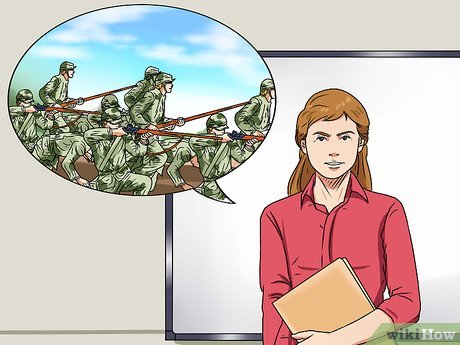 Begin early. It's always best to begin an assignment as soon as you get it. Your teacher has given you a long time to do it for reason; it's going to take that much time to do it. Begin by making a plan early, so you have time to complete everything you need to do. That way, you won't be working the night before to finish the project
Begin early. It's always best to begin an assignment as soon as you get it. Your teacher has given you a long time to do it for reason; it's going to take that much time to do it. Begin by making a plan early, so you have time to complete everything you need to do. That way, you won't be working the night before to finish the project -
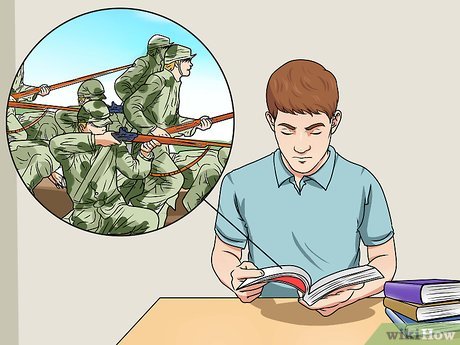 Read the assignment. The assignment will give you detailed instructions about what you need to do. Block out distractions and really read what you are required to do. If the teacher hasn't already done it, break the project down into components so you understand exactly what you're teacher is asking you to do.[1]
Read the assignment. The assignment will give you detailed instructions about what you need to do. Block out distractions and really read what you are required to do. If the teacher hasn't already done it, break the project down into components so you understand exactly what you're teacher is asking you to do.[1]- For instance, maybe your assignment is "Create a visual representation of the Civil War. You can pick one battle, one idea, one speech, a defining moment, or focus on the war as a whole. Make sure to include relevant dates and people in your representation."
- You can break this down into parts: 1) Make something visual about the Civil War. 2) Choose a focus. 3) Include relevant dates. 4) Include relevant people.
-
 Brainstorm ideas. Brainstorming is a way to get your ideas on paper. Basically, you spend time writing out what you want to do and connecting ideas to help get your creative juices flowing. It can help you focus on what you want to do, as well as come up with things you hadn't thought of. You can use one of several techniques to brainstorm.[2]
Brainstorm ideas. Brainstorming is a way to get your ideas on paper. Basically, you spend time writing out what you want to do and connecting ideas to help get your creative juices flowing. It can help you focus on what you want to do, as well as come up with things you hadn't thought of. You can use one of several techniques to brainstorm.[2]- Try freewriting. Take out a sheet of paper. On the top, write down something such as "Civil War Project." Start writing about the project. Don't stop yourself or censor ideas. Just let them come as they will. For instance, maybe you could start out by writing "For me, one of the defining points of the Civil War was the Gettysburg Address. It really made clear that the fight was about human equality. But now I must make that visual. Four-score and seven years ago... I could take individual lines, maybe? Connect ideas to defining parts of the war..."[3]
- Try a map. Start with a circle in the middle of the paper with "Civil War Project" written in the middle of it. Draw a line from the center circle to another circle, and add a fact or idea. Just keep associating ideas together, not really thinking too deeply about it. As you go, group like ideas near each other. When you're done, look at where the largest groupings are, and let that guide your focus.[4]
-
 Pick a focus. While it may be tempting to pick a broad topic, such as the whole Civil War, it will actually be easier if you narrow that down. That way, you won't get bogged down in as many details.[5]
Pick a focus. While it may be tempting to pick a broad topic, such as the whole Civil War, it will actually be easier if you narrow that down. That way, you won't get bogged down in as many details.[5]- The best way to pick a topic is to choose what you focused on in your brainstorming. For instance, maybe you think the Gettysburg Address is a good focal point.[6]
- However, if your topic is still too broad, such as "battles in the Civil War," try picking one aspect within that topic. You could choose one battle you think is defining, or a particular aspect of the battles, such as battle fatigue in soldiers.[7]
-
 Decide how you want to represent your project. If it's a visual project, as the example has been throughout this article, think about the best way to represent your ideas. If you are doing several important events, maybe a visual timeline would work best. If you are working on something that is geographically based, such as battles, maybe a map with added details would be better. Play to what your project needs.
Decide how you want to represent your project. If it's a visual project, as the example has been throughout this article, think about the best way to represent your ideas. If you are doing several important events, maybe a visual timeline would work best. If you are working on something that is geographically based, such as battles, maybe a map with added details would be better. Play to what your project needs.- You can even think about doing something 3-dimensional instead of 2-dimensional. Maybe you could make a 3-D map of the battles, depicting the movement of troops.
- Alternatively, you could try sculpting out of papier-mâché. Maybe you could sculpt Abraham Lincoln and use scripts coming off his body to tell your story.
Part 2 of 4:
Planning Out Your Project
-
 Sketch it out. Once you've decided on how you want to make your project, make a sketch of your project. Decide what will go where, and how you will represent each part. Also, decide what information you'll need to complete your project, as that will help you with your research. Make an outline of the information you need to find.[8]
Sketch it out. Once you've decided on how you want to make your project, make a sketch of your project. Decide what will go where, and how you will represent each part. Also, decide what information you'll need to complete your project, as that will help you with your research. Make an outline of the information you need to find.[8]- To make an outline, start with the main topic you are covering. Maybe you're doing the Gettysburg Address. Write that at the top.
- Next, break down your project into sub-headings. Maybe your subheadings could be "Speech Background," "Location of Speech," and "Impact of Speech."
- Under your subheadings, jot down the basic ideas of what you'll need. For instance, under "Speech Background," you might need the date, what battle preceded the speech, and the reason Lincoln gave the speech.
-
 Make a list of materials you'll need. Before you begin, list down all the materials you'll need, from research materials to art supplies. Group them by where you can find them, such as home, the library, and the store.
Make a list of materials you'll need. Before you begin, list down all the materials you'll need, from research materials to art supplies. Group them by where you can find them, such as home, the library, and the store. -
 Allot your time. Make subgoals within your project. That is, divide your project into manageable chunks, such as "getting materials together," "researching the speech," "writing out the text for the project," "painting the parts," and "putting the project together."
Allot your time. Make subgoals within your project. That is, divide your project into manageable chunks, such as "getting materials together," "researching the speech," "writing out the text for the project," "painting the parts," and "putting the project together."- Assign time for each chunk, including deadlines. Work from the final deadline backward. For instance, if you have 4 weeks to complete your project, say you'll spend the last week painting and putting the project together. The week before that, write out the text for your project. The week before that, research your project. In the first week, make your plan, and get your materials together.
- If needed, divide your project further. For instance, "researching the speech" may need to be divided into several days' worth of work.
-
 Gather the appropriate materials. Spend some time gathering what you need from various places. Ask your parents to take you where you need to go if you can't drive yourself. Put it all where you will work on your project.
Gather the appropriate materials. Spend some time gathering what you need from various places. Ask your parents to take you where you need to go if you can't drive yourself. Put it all where you will work on your project.
Part 3 of 4:
Researching Your Projects
-
 Decide what type of research materials you need. Decide what kind of resources would be most appropriate for your project. For a historical project for instance, books and scholarly articles are most appropriate. You might also look into newspaper articles, which give you a sense of what was going on at the time, as well as personal correspondence from famous people.[9]
Decide what type of research materials you need. Decide what kind of resources would be most appropriate for your project. For a historical project for instance, books and scholarly articles are most appropriate. You might also look into newspaper articles, which give you a sense of what was going on at the time, as well as personal correspondence from famous people.[9] -
 Decide how many sources you need. If you're doing an in-depth college project, you'll need more sources than if you're doing a basic junior high project. For a college project, you may need eight to ten sources or more, while for a junior high project, you may only need one or two books.[10]
Decide how many sources you need. If you're doing an in-depth college project, you'll need more sources than if you're doing a basic junior high project. For a college project, you may need eight to ten sources or more, while for a junior high project, you may only need one or two books.[10] -
 Use your library to find them. Your librarian can guide you to the best databases for your materials. For instance, you can use the main book catalog to find books. However, you might need to use article databases to find scholarly articles, which is a different screen altogether.
Use your library to find them. Your librarian can guide you to the best databases for your materials. For instance, you can use the main book catalog to find books. However, you might need to use article databases to find scholarly articles, which is a different screen altogether.- When using an article database, narrow the search engine to only relevant databases. For instance, platforms such as EBSCOhost carry a wide range of smaller databases, and you can narrow your search down to one relevant to your topic, such as a database focused on history.[11]
- You can also research the archives of particular newspapers. While some newspapers offer free access to their archives, others might require you to pay.[12]
-
 Narrow your materials. Once you've gathered a bunch of materials together, you need to sort through them to decide what's actually relevant. Sometimes an article or book that sounds relevant may not be as helpful as you thought.
Narrow your materials. Once you've gathered a bunch of materials together, you need to sort through them to decide what's actually relevant. Sometimes an article or book that sounds relevant may not be as helpful as you thought. -
 Take notes and cite sources. Make notes related to your topic. Be as detailed as you can, but try to put it in your own words as you write it down. As you make notes, make sure you are including the biographical information about the book.[13]
Take notes and cite sources. Make notes related to your topic. Be as detailed as you can, but try to put it in your own words as you write it down. As you make notes, make sure you are including the biographical information about the book.[13]- You'll need the author's full name, the title of the book, the publisher, the edition, the date it was published, the city it was published in, the title and author of individual articles in the book if it has them, and the page number where you found the information.
- For articles, you'll need the author's full name, the title of the article and the journal, the volume and issue (if it has them), the page numbers of the article, the page number you found it, and the digital online identifier number (doi), which is usually on the description page in the catalog.[14]
Part 4 of 4:
Creating Your Project
-
 Write out your text. Your project will have some text on it to represent your ideas. On your sketch, identify where the text will go. Use your research to write your text, though put it in your own words. In addition, make sure you are citing your sources, which means you are saying where you got the information.[15]
Write out your text. Your project will have some text on it to represent your ideas. On your sketch, identify where the text will go. Use your research to write your text, though put it in your own words. In addition, make sure you are citing your sources, which means you are saying where you got the information.[15]- Your teacher should tell you how should cite your sources or what guidelines you should be using.
- If you don't know how to write according to those guidelines, try an online resource such as Purdue's Online Writing Lab. It covers the basics of the major citation styles.[16]
-
 Paint or draw your project. If you're doing an artistic project, begin painting or drawing the pieces. If you're using something such as papier-mâché, start building your sculpture. If you're designing it on the computer, start making your art or gathering images to use.
Paint or draw your project. If you're doing an artistic project, begin painting or drawing the pieces. If you're using something such as papier-mâché, start building your sculpture. If you're designing it on the computer, start making your art or gathering images to use. -
 Pull your project together. Write or type out your text. Put the finishing touches on the visual parts. Glue or tape the project together as needed, so it makes one cohesive whole. Use what you sketched earlier to pull your project together into your final draft.[17]
Pull your project together. Write or type out your text. Put the finishing touches on the visual parts. Glue or tape the project together as needed, so it makes one cohesive whole. Use what you sketched earlier to pull your project together into your final draft.[17]- Before you turn it in, make sure you covered everything your teacher asked you to.
- If you skipped something, see if you can add it in, even if it's last minute.
4 ★ | 1 Vote
You should read it
- How to Have a Successful Open Source Project
- How to Research a Topic
- How to Become a Research Assistant
- Toshiba will be the main supplier for Project Ara
- Mozilla restarted the open-source IoT platform Project Things under the name WebThings
- How to Cite a Blog in APA
- Google, Facebook, Microsoft and Twitter cooperate in an ambitious data project
- How to Quote in a Research Paper
- How to Direct Actors
- How to Plan a Family Garden
- How to Conduct Academic Research
- How to Do Qualitative Research

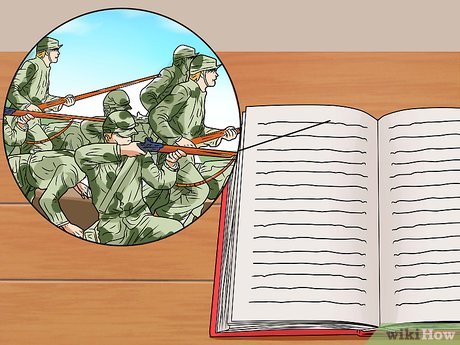
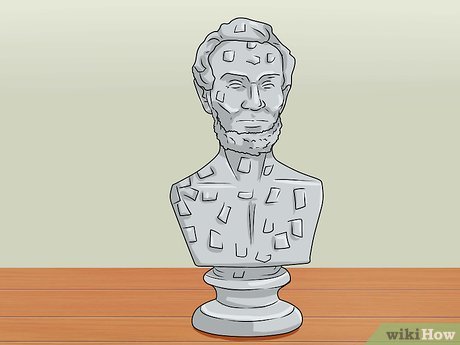
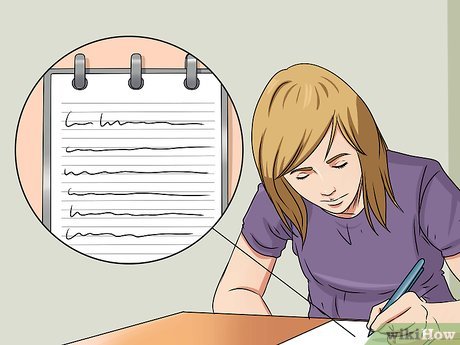

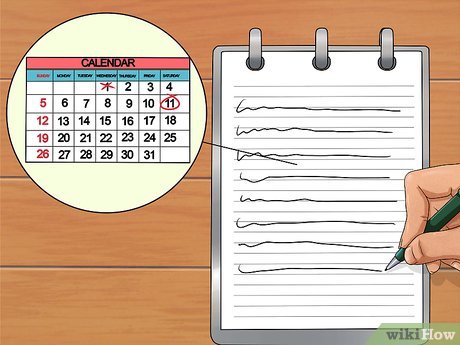
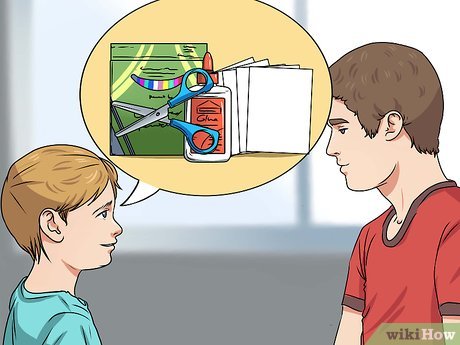
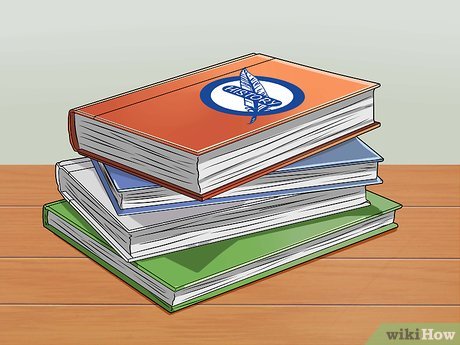



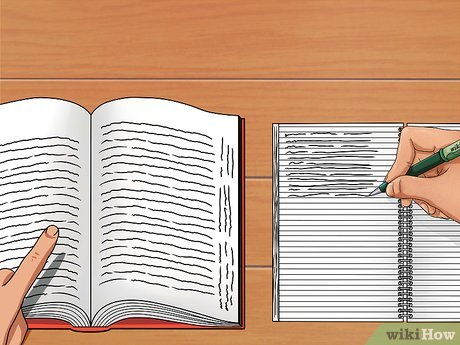
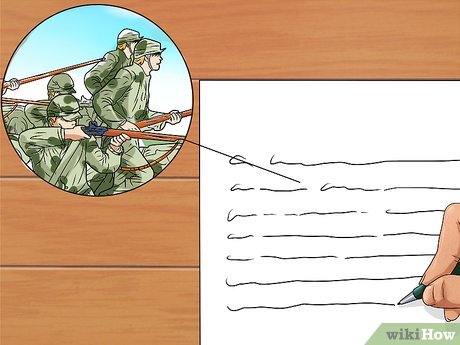
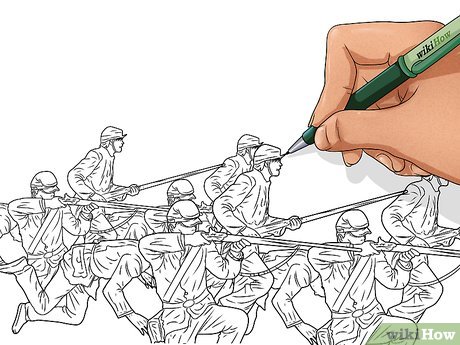
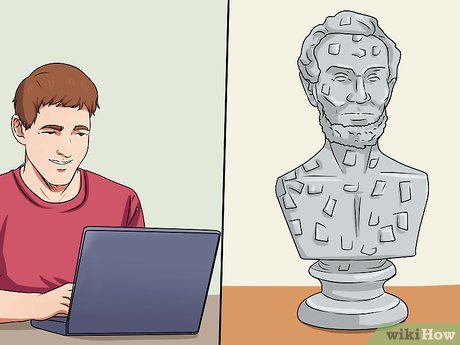






 How to Have a Successful Open Source Project
How to Have a Successful Open Source Project Toshiba will be the main supplier for Project Ara
Toshiba will be the main supplier for Project Ara How to Create a Project in iMovie
How to Create a Project in iMovie Richard Branson from a boy forced to drop out of school to journey to become Europe's most admired billionaire
Richard Branson from a boy forced to drop out of school to journey to become Europe's most admired billionaire The 13-year-old 'Hacker' enters the school's computer system to create a 'list of the most hated kids'
The 13-year-old 'Hacker' enters the school's computer system to create a 'list of the most hated kids' Things to know about SMAS school management software
Things to know about SMAS school management software